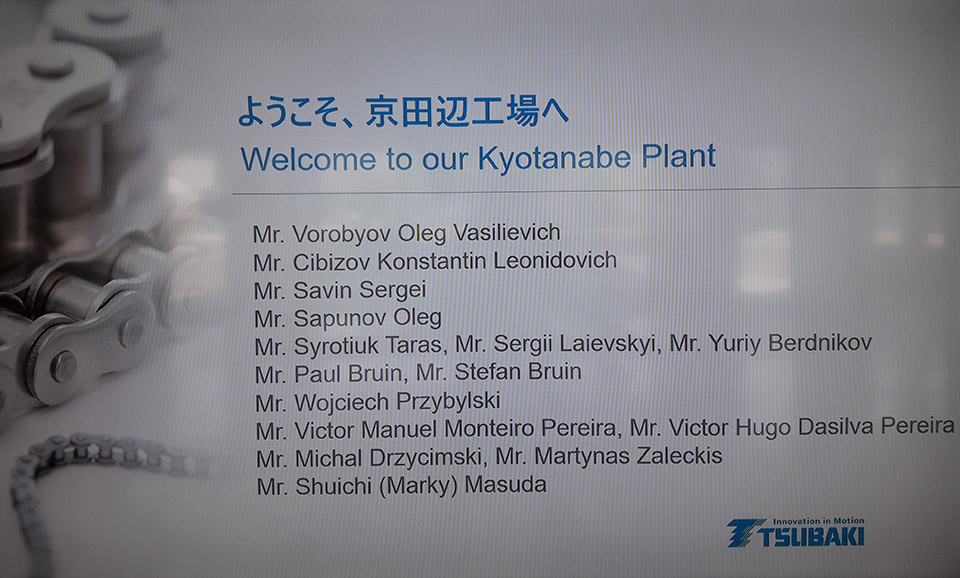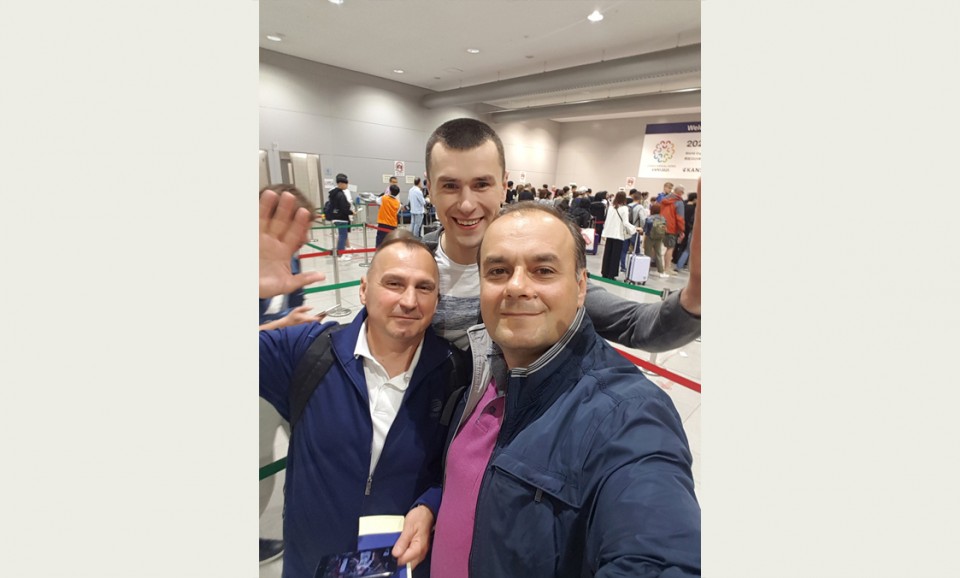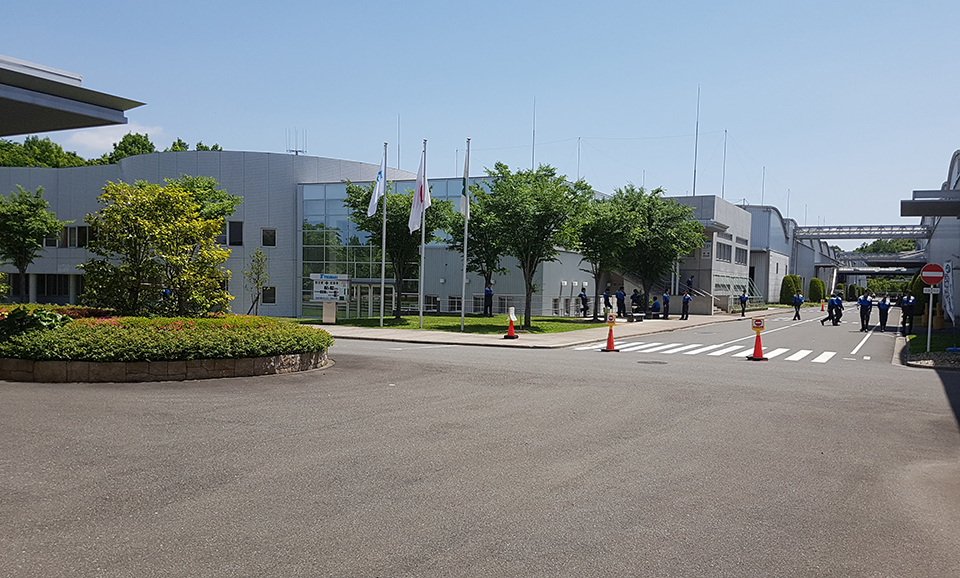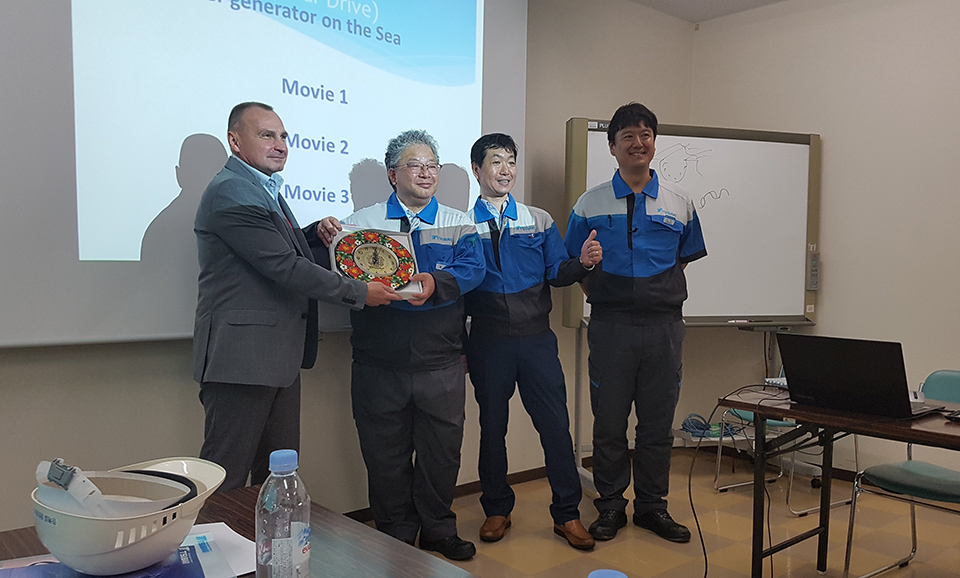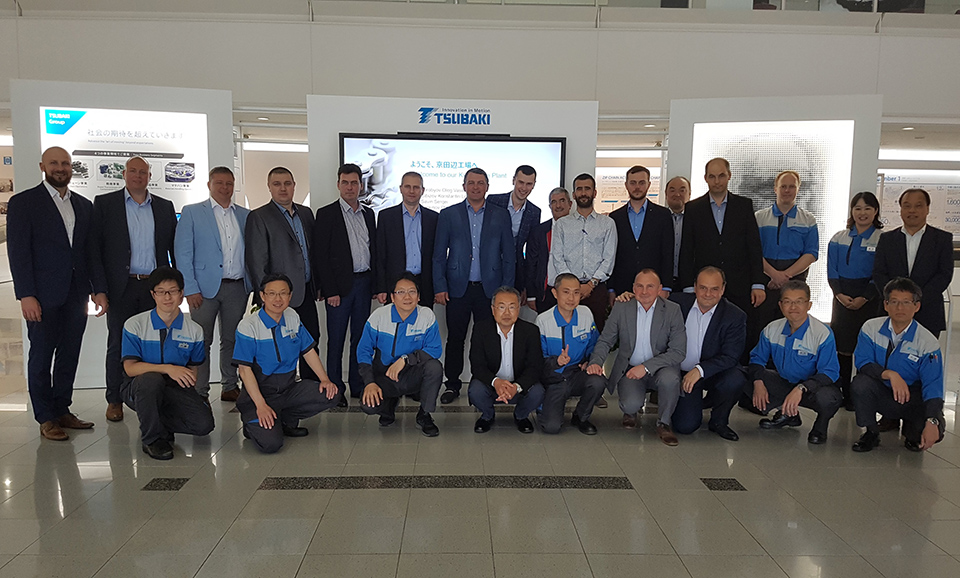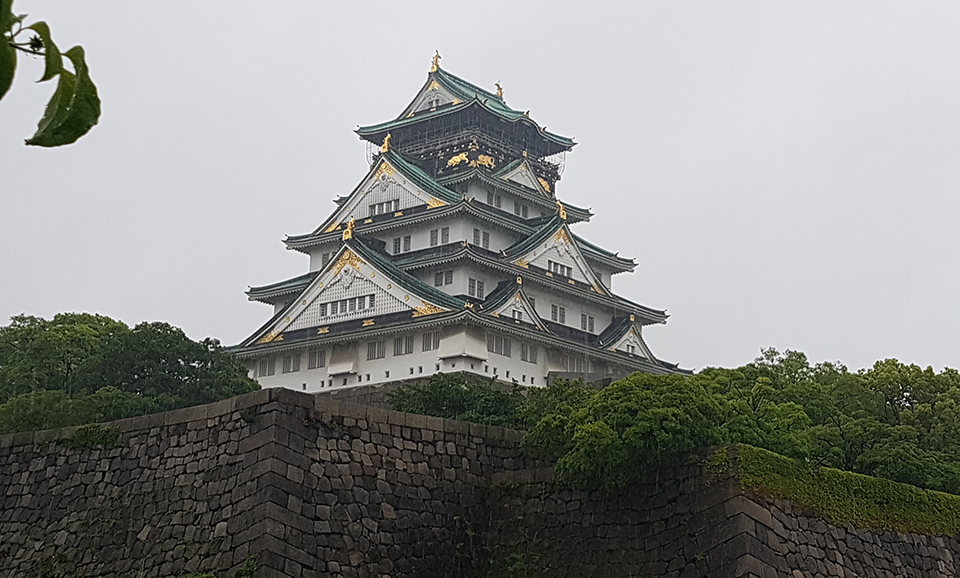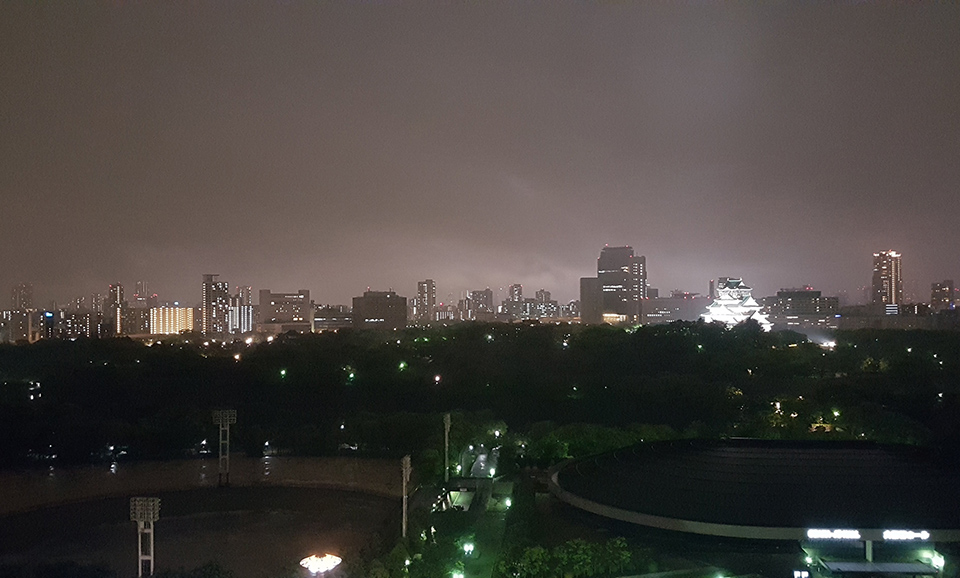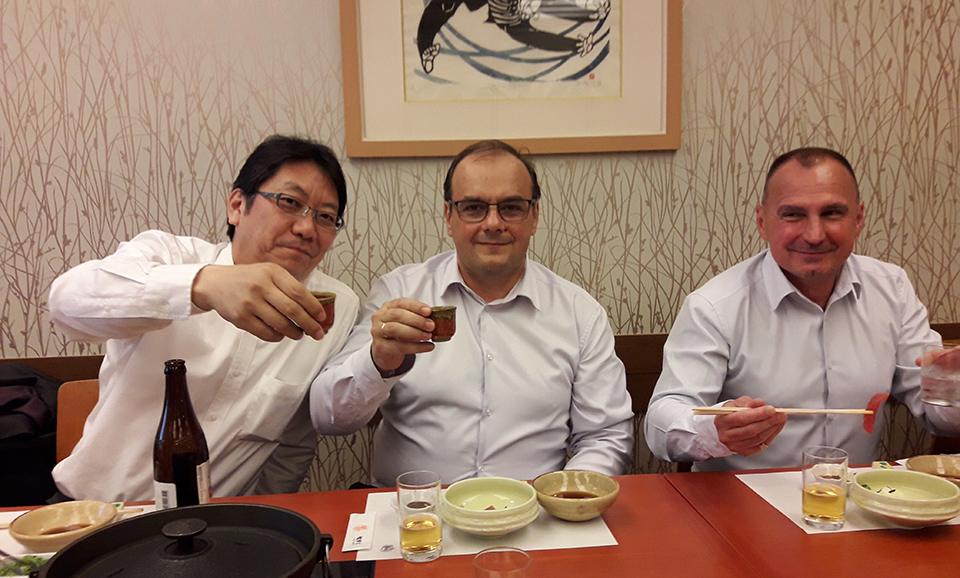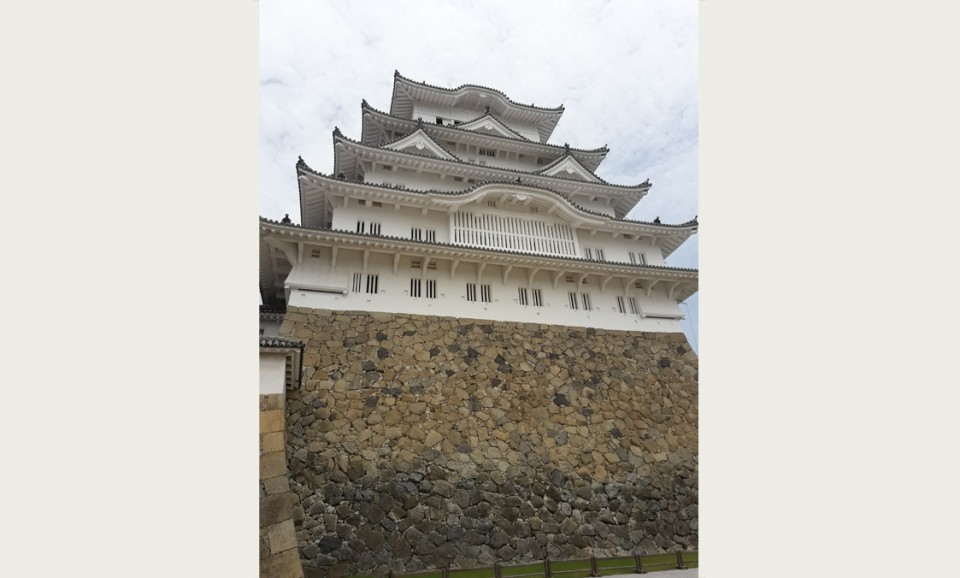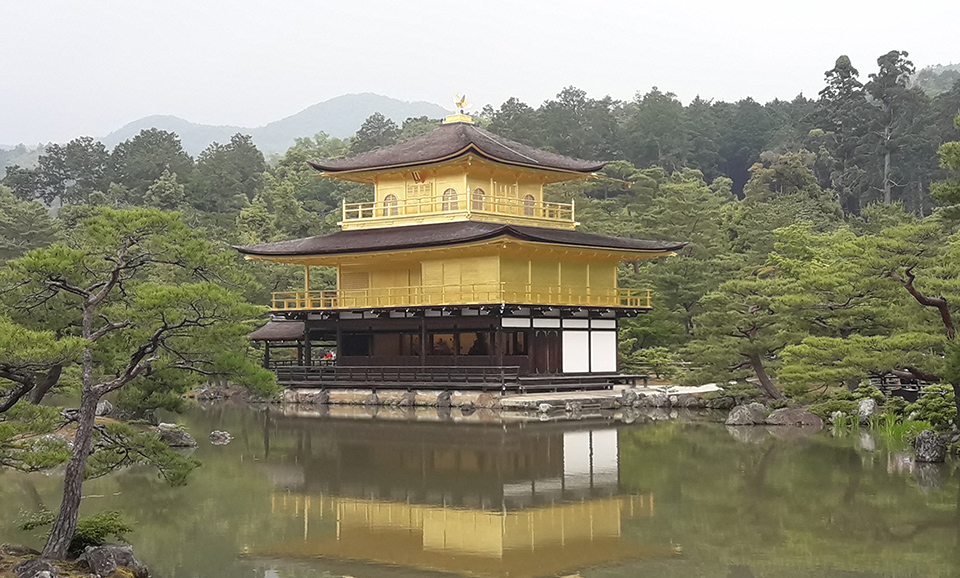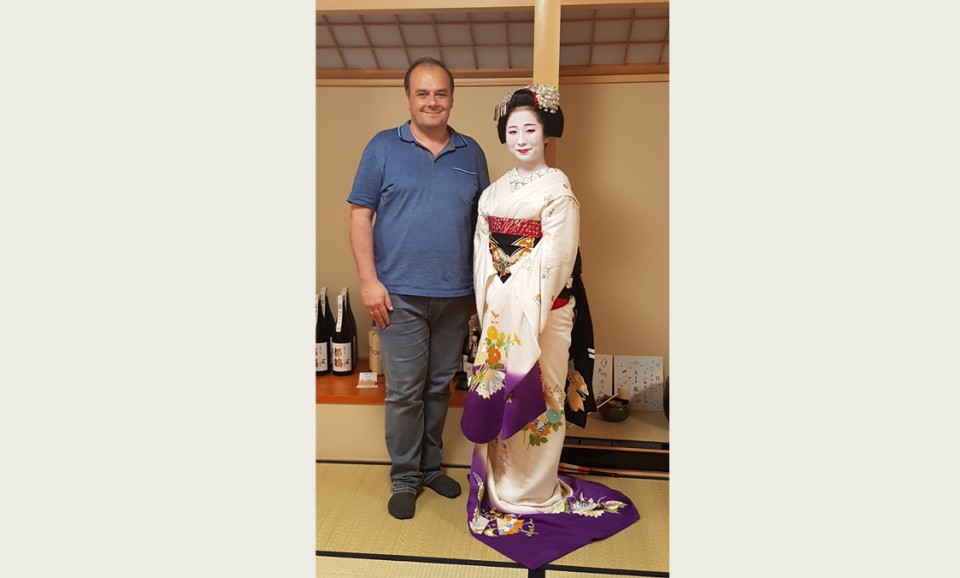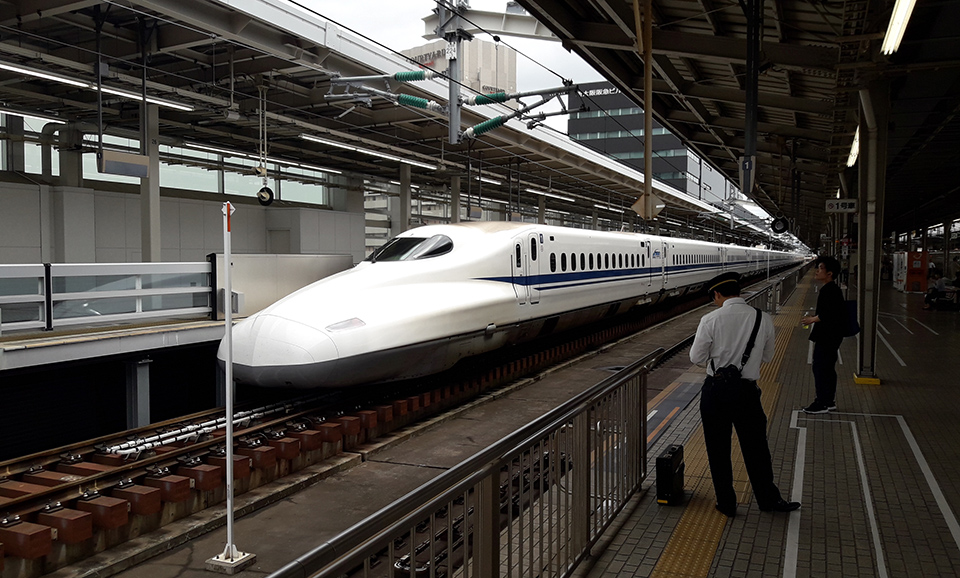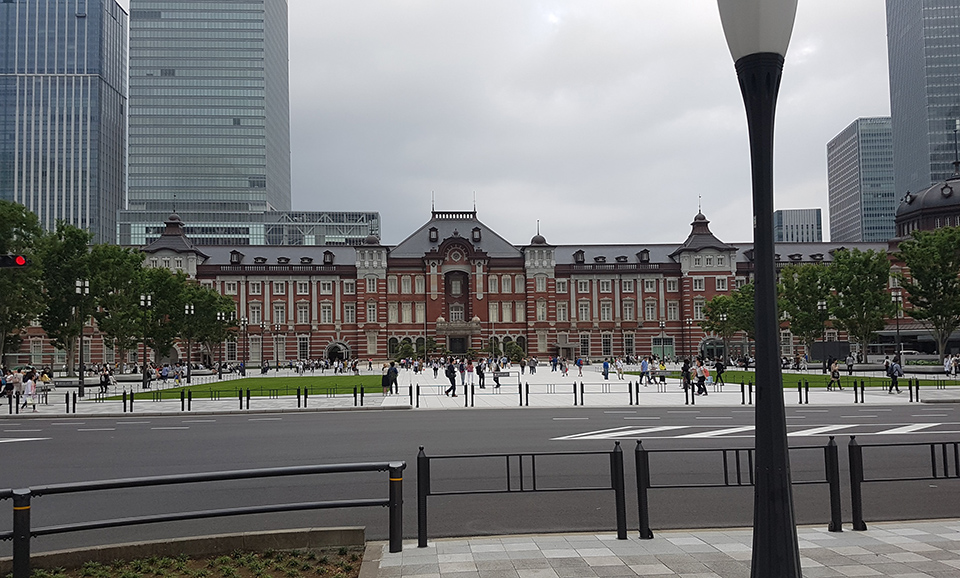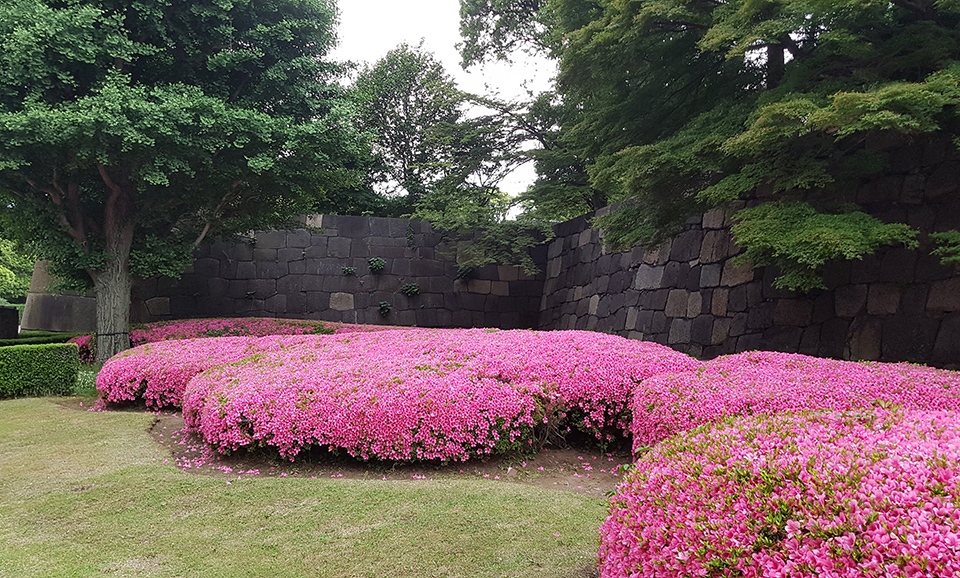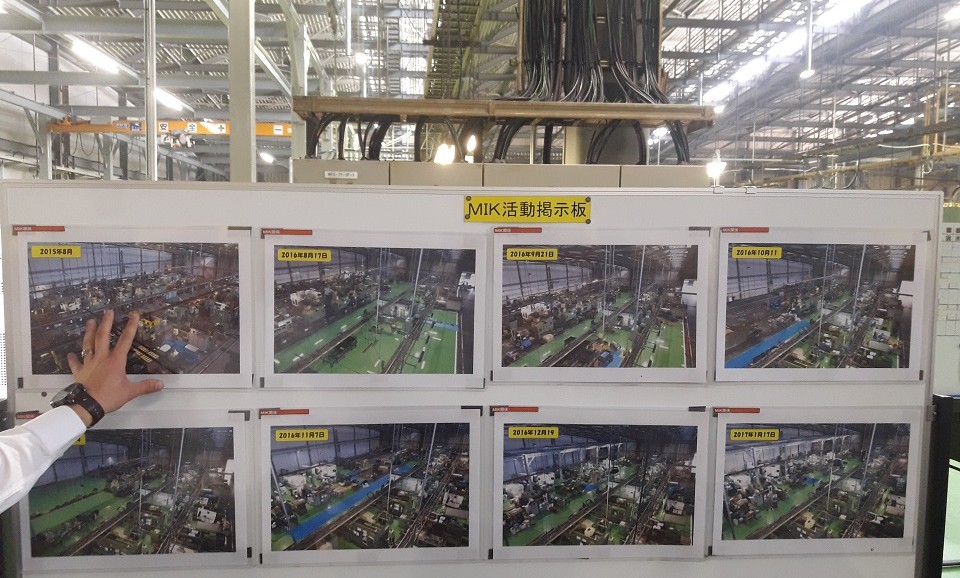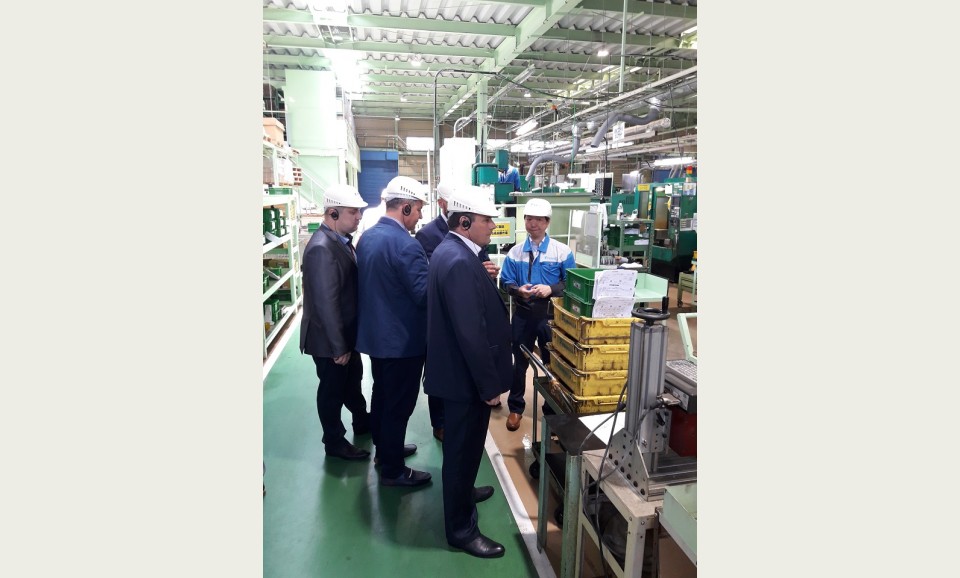Beltimport delegation has visited Japan for the second time in May 2018 at Tsubakimoto’s invitation. This time, Technical Director Sergey Laevskiy, Sales Director Yuriy Berdnikov and Key Account Manager Taras Sirotiuk had an honor to represent Beltimport delegation.
During the visit, delegation members have attended five Tsubakimoto plants:
- in Okayama – cam clutches, connecting couplings and connecting shafts production;
- in Kyoto – gear-boxes production;
- in Hyogo – linear actuators production (power cylinders production);
- in Kyotanabe – the largest chain production plant in the world;
- in Goryo – attachment and plastic chains production.
Beltimport employees frequently visit our partners’ production locations, which provide a possibility to check personally, how products the we offer to our customers are manufactured and the way know-hows are developed. Preferably, these locations are in Europe. This time, we must have discovered “Japanese economic wonder” and found the difference between Japanese and European production.
Things that should be highlighted:
- High responsibility level. You can see responsibility in every aspect: work approach, work process itself and personal feeling of employees, who made everything perfectly and accurately.
- Attention to every tiny thing!
- Capacity increase. There are stands on every plant, which shows the timeline development of every section. They depict how production key figures were improved.
- Equipment on every plant are upgraded constantly. It is a permanent and continuous process. Modern equipment have been noticed on every location.
- Aiming for maximal automation and keeping high and stable quality.
- Great attention is paid to quality control. Control is arranged both by machines and by people. What makes Japanese distinctive is quality stability, which is reached by multilevel control.
Every production unit of Tsubaki exists and develops itself in accordance with 5S quality system. 5S – is a system of organizing and optimization of workplace (workspace) as well as a tool of lean production. It was developed in postwar Japan. 5S stands for 5 Japanese words: Seiri “sort”, Seiton “structurize”, Seiso “shine; cleanliness keeping”, Seiketsu “standardize”, Shitsuke “sustain; secure for the future”.
In general, Japanese is a highly open nation. Our representatives could experience local hospitability once they have landed at the airport. Everyone is trying to do his best to satisfy guests. Our delegation has discovered distinguishing peculiarities of Japanese culture, one of them is local cuisine. Another aspect that was noticed, is a strict hierarchy which is determined by highly-valued traditions.
Our delegation managed to not only attend Tsubakimoto's plants, but check regional highlights as well:
- Unique Himeji Castle – one of the oldest and most popular among tourists Japanese castle.
- Kinkaku-ji "Temple of the Golden Pavilion" – one of numerous temples which complete Rokuon-ji complex. The top two stories of the pavilion are covered with pure gold leaf. Pavilion functions as a shariden, housing relics of the Buddha (Buddha's Ashes).
Furthermore, Japanese capital Tokyo has been visited. This special city of contrasts is a mix of modern skyscrapers and authentic Japanese temples; gardens and parks are well-balanced alongside urbanistic high-tech districts.
This business trip has inspired Beltimport members to show You, dear Customers, all advantages of Tsubakimoto production with higher comprehension and certainty. To sum up, we are sure that all acquired information will help us find most profitable solutions for your business.

